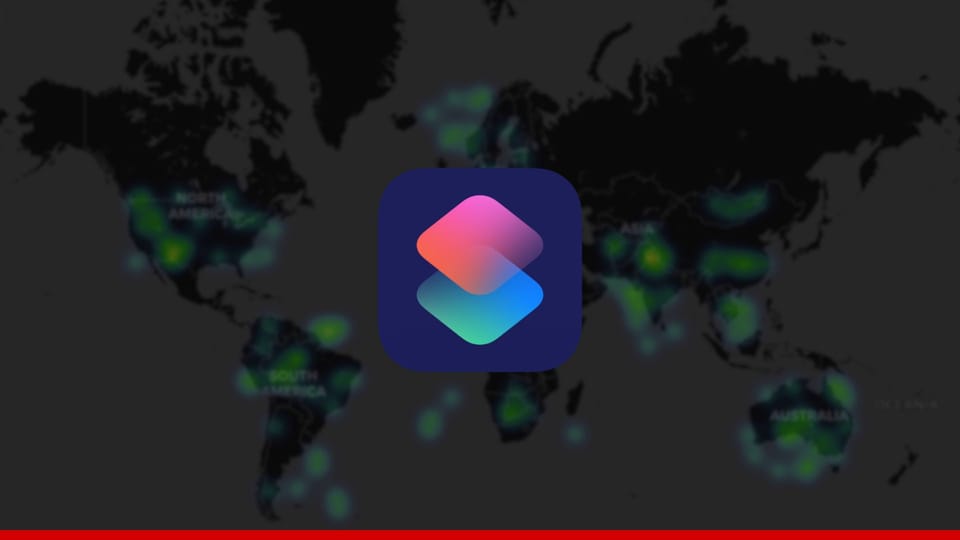What is Meshtastic? - Full Guide on How To Get Started
Meshtastic – an open-source mesh networking platform redefining communication. From decentralized, long-range capabilities to versatile applications in emergency response, outdoor adventures. Discover the diverse hardware options, step-by-step setup guide, and the remarkable range of 5 KM - 10 KM.

What is Meshtastic?
Meshtastic is an open-source mesh networking platform designed to facilitate decentralized, long-range, and ad-hoc communication. Unlike traditional point-to-point communication systems, mesh networks allow devices to connect directly with each other, forming a network where each node can act as a relay for others. Meshtastic leverages this concept to create robust, flexible, and scalable communication solutions.
Explanation of How it Works
Meshtastic operates on the principle of mesh networking, where devices communicate with each other directly, forming a dynamic and self-healing network. Each device in the network, known as a node, can relay messages to other nodes, extending the communication range and ensuring redundancy. The routing algorithms employed by Meshtastic enable devices to find the most efficient paths for data transmission, adapting to changing network conditions.
The platform utilizes low-cost radio transceivers, called LoRa (Long Range), to establish long-range communication links. LoRa technology is known for its low power consumption and ability to cover substantial distances, making it ideal for scenarios where traditional communication infrastructure may be unavailable or impractical.
Key Features and Capabilities
- Decentralized Communication: Meshtastic enables communication without relying on centralized infrastructure, making it suitable for scenarios such as outdoor activities, disaster recovery, or remote areas with limited connectivity.
- Long-Range Connectivity: Leveraging LoRa, Meshtastic can establish communication links over extended distances, allowing users to communicate over several kilometers.
- Ad-Hoc Networking: Devices can join or leave the network seamlessly, and the mesh adapts dynamically to changes, ensuring a continuous and reliable communication experience.
- Open Source: Meshtastic is an open-source project, fostering community collaboration and allowing users to modify, customize, and contribute to the platform's development.
- Cross-Platform Compatibility: The platform offers cross-platform support, with dedicated mobile applications available for both Android, iOS, MacOS and Windows, providing users with a user-friendly interface to interact with their Meshtastic devices.
- Encryption and Security: Meshtastic prioritizes security by incorporating encryption measures to protect communication within the network, ensuring user data remains confidential.
- Geolocation and Mapping: Meshtastic includes features for geolocation, allowing users to track the location of connected devices. This can be particularly useful in scenarios like outdoor adventures or search and rescue operations.
Meshtastic's combination of decentralized architecture, long-range capabilities, and open-source nature makes it a versatile solution for various communication needs, ranging from recreational activities to emergency situations. As we delve deeper into Meshtastic, we'll explore its use cases, hardware requirements, and the steps to get started with this innovative mesh networking platform.
Use Cases
Meshtastic, with its robust mesh networking capabilities, finds versatile applications across various scenarios. Here's an exploration of some key use cases:
1. Emergency Communication:
Meshtastic proves invaluable in emergency situations where traditional communication infrastructure may be compromised. Its decentralized and ad-hoc mesh network allows for:
- Disaster Response: Facilitate communication between first responders and affected communities during natural disasters or emergencies where traditional networks may be disrupted.
- Remote Areas: Establish emergency communication networks in remote or off-grid locations, providing a lifeline for communities with limited access to conventional communication infrastructure.
- Search and Rescue: Coordinate search and rescue efforts in challenging terrains where conventional communication methods may be unreliable.
2. Outdoor Activities (Hiking, Camping, etc.):
Meshtastic enhances communication and safety during outdoor adventures, catering to the needs of enthusiasts engaging in activities such as hiking, camping, and exploration:
- Group Coordination: Enable seamless communication within a group of outdoor enthusiasts without relying on cellular networks, especially in areas with poor or no signal coverage.
- Location Sharing: Utilize the GPS capabilities to share real-time locations, ensuring group members stay connected and informed about each other's whereabouts.
- Emergency Signaling: In case of emergencies, Meshtastic can serve as a reliable means of signaling for assistance, even in remote wilderness areas.
3. IoT Projects:
Meshtastic's mesh networking features make it suitable for various Internet of Things (IoT) projects, offering a decentralized and scalable communication platform:
- Sensor Networks: Create sensor networks for environmental monitoring, agriculture, or industrial applications where data needs to be collected and transmitted across a distributed area.
- Smart Agriculture: Deploy Meshtastic for connecting agricultural devices and sensors, enabling farmers to monitor soil conditions, weather data, and crop health in real-time.
- Low-Power IoT Devices: Meshtastic's efficient communication protocols make it suitable for low-power IoT devices, extending the battery life of sensors and devices in the network.
4. Decentralized Networks:
Meshtastic supports the development of decentralized networks, aligning with the principles of peer-to-peer communication and autonomy:
- Community Networks: Build community-driven communication networks in areas with limited or no access to centralized infrastructure, fostering local connectivity.
- Meshed Smart Cities: Explore the potential for Meshtastic to contribute to the development of smart cities by creating decentralized communication networks for various applications such as traffic management or public services.
- Survivable Networks: Deploy Meshtastic in scenarios where creating a survivable and resilient communication infrastructure is essential, ensuring connectivity in the face of disruptions.
5. Custom Applications and Experiments:
Meshtastic's open-source nature encourages experimentation and custom applications:
- DIY Projects: Engage in do-it-yourself projects by integrating Meshtastic into custom-built devices or applications tailored to specific needs.
- Educational Use: Meshtastic serves as an excellent educational tool for learning about mesh networking, wireless communication, and IoT concepts in a practical setting.
- Hackathons and Competitions: Participate in hackathons or competitions focused on building innovative solutions using Meshtastic, pushing the boundaries of what can be achieved with mesh networking.
Meshtastic's adaptability and versatility make it a compelling solution across a spectrum of use cases, showcasing its potential to address communication challenges in diverse environments and scenarios.
Meshtastic Getting Started
1. Compatible Hardware Devices:
Meshtastic supports a range of hardware devices with LoRa capabilities. These devices are the backbone of the Meshtastic network and include:

LILYGO Meshtastic T-Beam (Ready To Go - ESP32): Known for its comprehensive features, the T-Beam integrates an ESP32 microcontroller, a LoRa radio module, an OLED display, and a GPS unit. To set up, users need to connect the device to a computer, flash the Meshtastic firmware, and customize settings according to their preferences.

LILYGO T-Echo Meshtastic (Coolest with Battery - Ready To Go & Ready To Use): The T-Echo Meshtastic device is another notable addition, providing an easy-to-use handheld device for Meshtastic communication. It features a E-Ink screen, simplifying interactions and enhancing user experience.
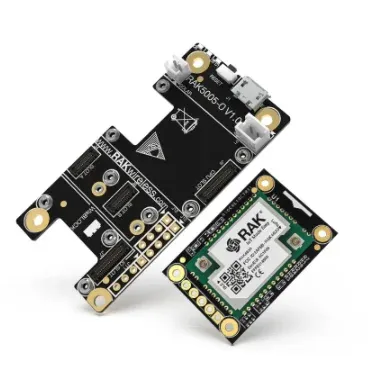
WisBlock Meshtastic Starter Kit (Recommend - nRF52): Based on the WisBlock modular platform by RAKwireless, this kit offers a modular and customizable approach to building Meshtastic applications. It provides the flexibility to assemble and configure different WisBlock modules to meet specific project requirements.

TTGO ESP32 LoRa Boards: These versatile ESP32-based boards come in various configurations. Users can set up these boards by connecting them to a computer, flashing the Meshtastic firmware, and configuring parameters through the Meshtastic app or directly on the device.
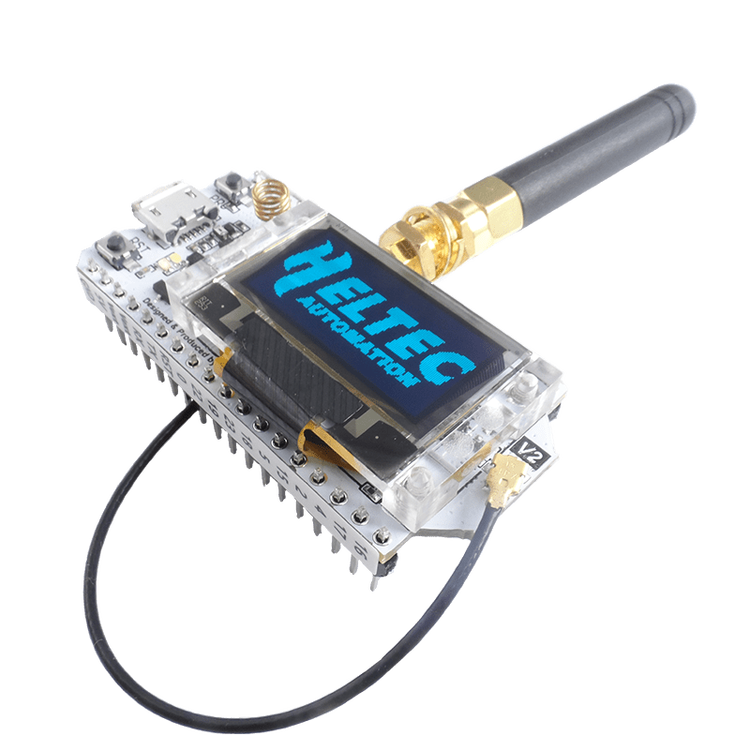
Heltec v3 LoRa Modules (Ready To Go - Best Price - ESP32): Heltec provides compact LoRa modules with built-in OLED displays (No GPS). Setting up involves flashing the Meshtastic firmware onto the module and configuring settings using the app or the device's interface.
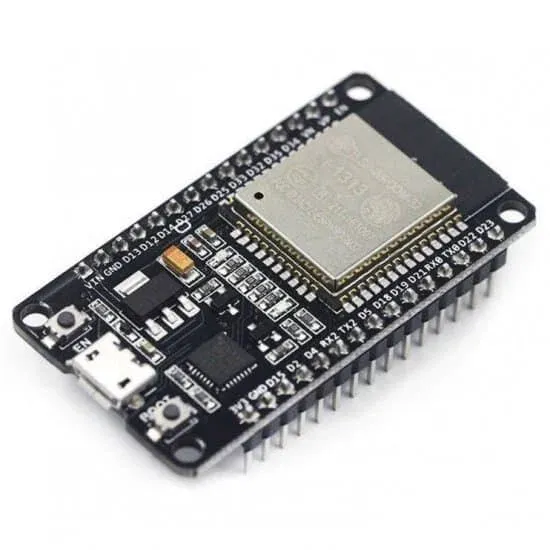
ESP32 Development Boards (DIY Enthusiast): Generic ESP32 development boards equipped with LoRa transceivers can be used for Meshtastic. Users typically connect these boards to a computer, flash the Meshtastic firmware, and customize settings based on their requirements.
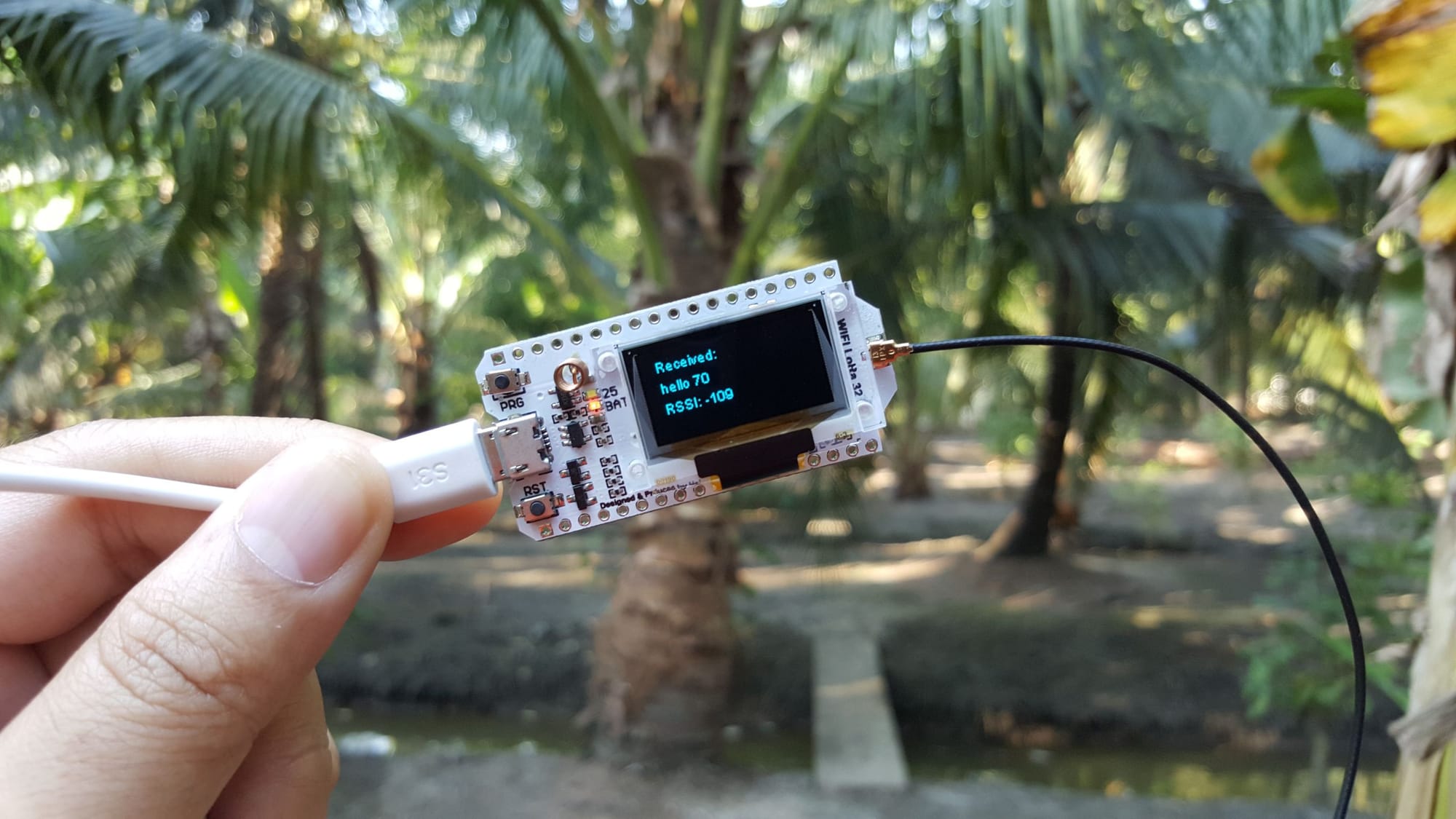
2. Setting Up and Configuring Devices:
Setting up Meshtastic devices involves a series of detailed steps to ensure proper functionality within the mesh network:
Acquiring Hardware: Choose the appropriate Meshtastic-compatible hardware based on your project's requirements. Ensure you have the necessary accessories such as antennas and power supplies.
Flashing Meshtastic Firmware:
ESP32 Devices:
- The Web-Based Installer requires either Chrome or Edge browsers but is an excellent choice for quickly flashing devices.
- The CLI Script is considered the "manual process" for flashing firmware. (Advanced Users)
nRF52 & RP2040 Devices:
- The Web-Based Installer requires either Chrome or Edge browsers but is an excellent choice for quickly flashing devices.
- Drag & Drop
nRF52 and RP2040 devices use the Drag & Drop installation method to install firmware releases.
Over-The-Air (OTA)
- nRF52 devices are able to accept OTA firmware updates from a mobile device over bluetooth.
Pairing Devices:
- Download the Meshtastic App:
- Ensure that you have the Meshtastic mobile app installed on your smartphone. The app is available for download on both the App Store (iOS) and Google Play (Android).
- Open the App: Launch the Meshtastic mobile app on your smartphone, ensuring that Bluetooth is enabled.
- Scan for Devices: Use the app's scanning feature to detect nearby Meshtastic devices. The app should display a list of available devices within range.
- Select the Target Device: Choose the Meshtastic device you want to pair with from the list. The device's Node ID and other relevant information should be visible in the app.
- Authentication (if applicable): Some Meshtastic configurations may involve authentication steps, such as confirming a pairing code or accepting a connection request. Follow the on-screen instructions or device prompts to authenticate the pairing.
GPS Configuration (if applicable):
- Configure GPS settings within the Meshtastic app for devices equipped with GPS modules.
- Calibrate and test GPS functionality to ensure accurate location information.
Power Management:
- Understand the power requirements of the chosen hardware.
- Most of the devices metioned does not come with battery or battery slot, So please plan accordingly
Updating Firmware:
- Regularly check for firmware updates to benefit from the latest features, bug fixes, and improvements.
- Follow the Meshtastic documentation for a smooth firmware update process.
By following these steps you should have your first node ready to go. You can start texting other nodes, Create your mesh network and experince with the range.
Conclusion: Navigating the Meshtastic Universe
In our review to the Meshtastic Technologoy, we really saw a lot of potential offering a lots of features, versatility, and unparalleled range. As we conclude our exploration, let's summarize the key points we found very interesting
Key Takeaways:
Meshtastic's Remarkable Range: At the heart of Meshtastic lies an exceptional range powered by LoRa technology ranging from 5 KM - 10 KM, enabling communication over vast distances in various environments.
Diverse Compatible Devices: From handheld T-Echo Meshtastic devices to modular kits like WisBlock, Meshtastic supports a diverse range of hardware, catering to different preferences and use cases.
Power Management for Sustainability: Understanding and implementing effective power management strategies is crucial for sustaining Meshtastic deployments, especially in prolonged outdoor scenarios.
Intuitive Software Interface: The Meshtastic mobile app provides users with a user-friendly interface, offering features like node management, messaging, and real-time tracking.
Versatile Use Cases: Meshtastic shines in emergency communication, outdoor activities, IoT projects, and decentralized networks, showcasing its adaptability across various applications.
Conclusion
In conclusion, Meshtastic stands as a powerful and flexible mesh networking platform, offering decentralized communication with an impressive range, making it ideal for diverse scenarios from emergency situations to outdoor activities and IoT projects. Its compatibility with a variety of hardware devices, coupled with effective power management strategies, underscores its adaptability. The intuitive software interface enhances user experience, and the open-source nature encourages innovation and customization. Meshtastic's potential to redefine communication in decentralized and interconnected environments is evident. If you have any questions, insights, or experiences with Meshtastic, feel free to comment below – your thoughts contribute to the collaborative exploration of this innovative technology.




